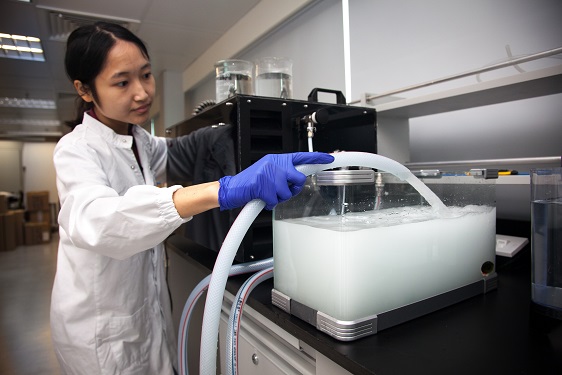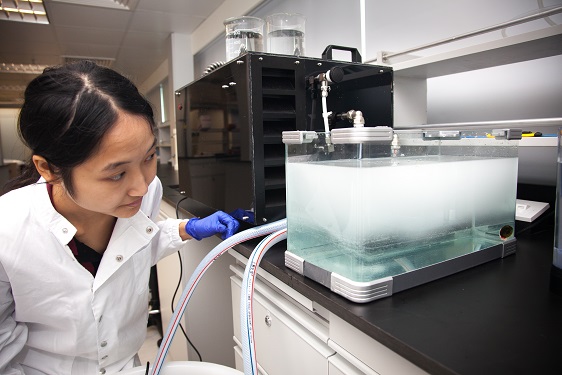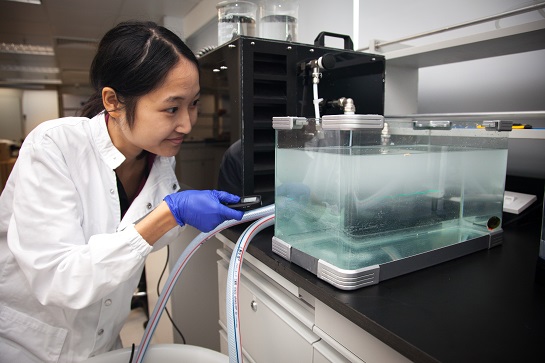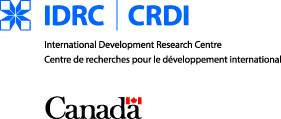Exploring the Use of Nanobubble Technology to Reduce the Use of Antibiotics in Aquaculture
Project leader: Prof. Sophie St-Hilaire
Team members: Dr Alicia Ho, Dr Jun Li, Dr Hong Liu, Miss Qianjun Wong
In order to reduce the use of antibiotics in food animals we need to reduce the need for these products by preventing bacterial diseases. In this project, we aim to prevent disease outbreaks by reducing the waterborne bacterial exposure in different aquaculture systems, using nanobubble technology. We will also explore the use of this technology to improve the efficacy of existing commercial bacterial vaccines by reducing the bacterial challenge during disease outbreaks.



